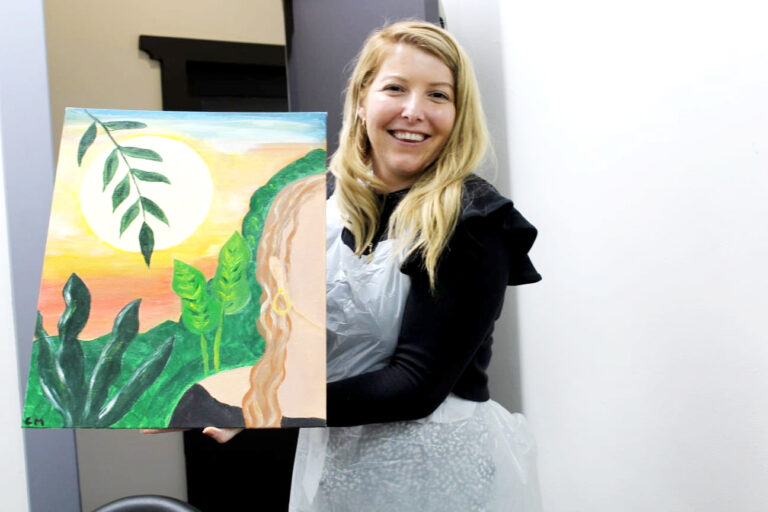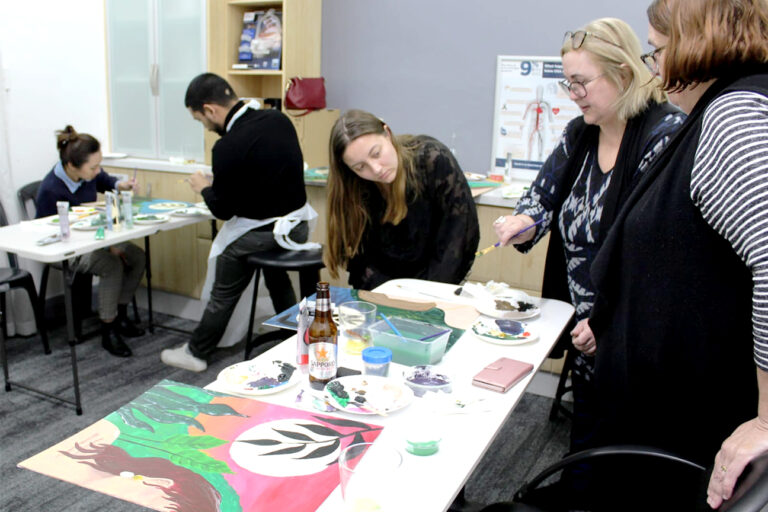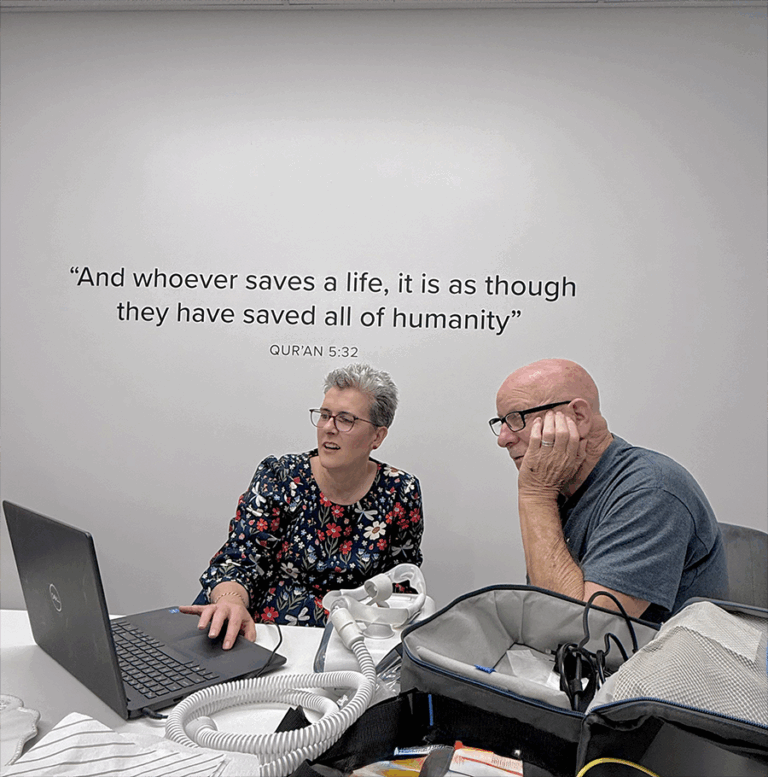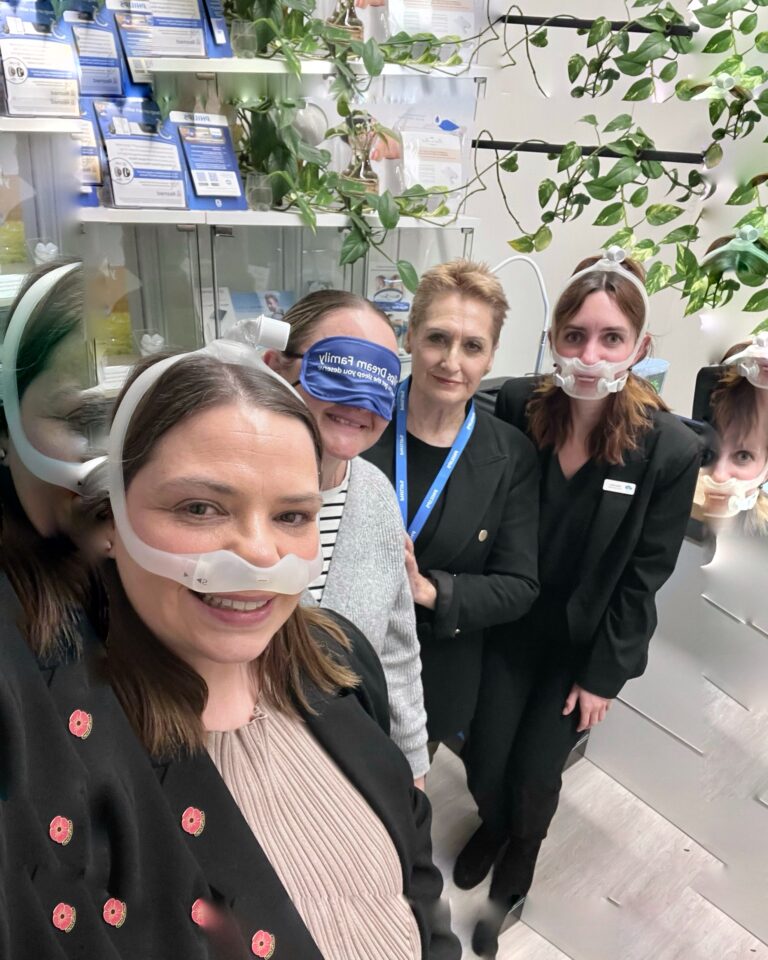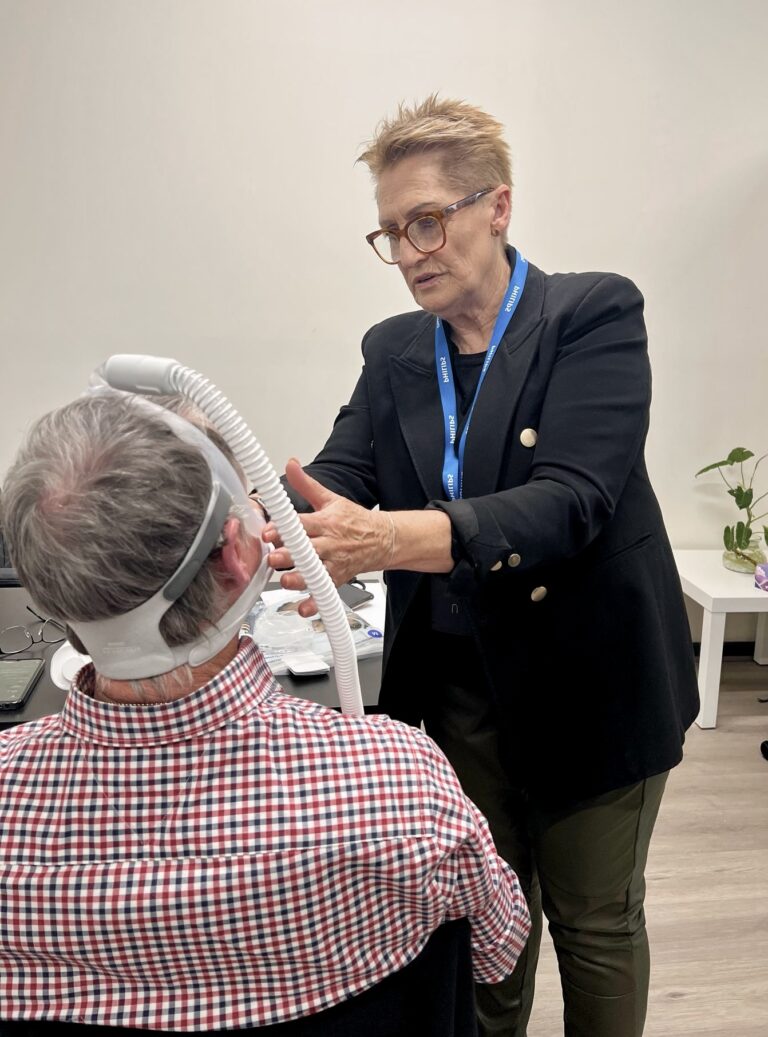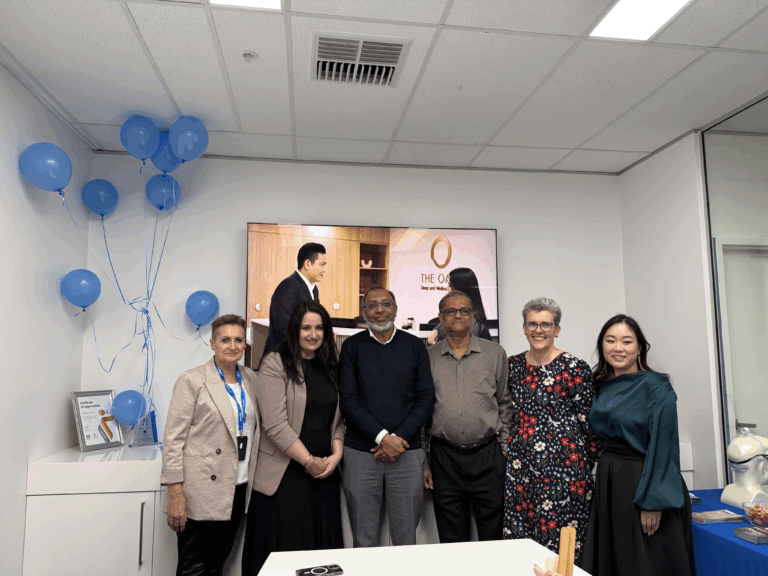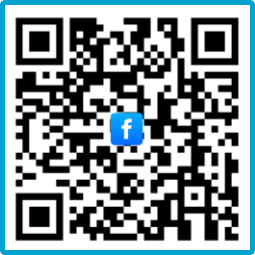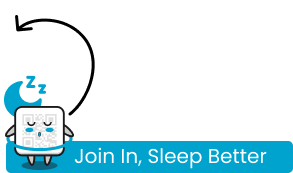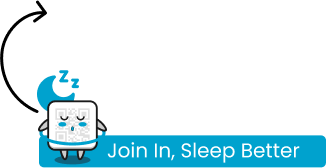
OUR SERVICES
Sleep Study Australia
What is a Sleep Study? How It Works and Everything You Need to Know
*If you have been booked in for a home sleep study, we will also discuss with you the various set-up services available at that point in time – whether it is remote set-up, in-clinic set-up or an in-home set-up.

What is a Sleep study?
The sleep study is termed a diagnostic test that continuously monitors the functioning of various systems of the body during sleep. On the patient, sensors are attached which provide feedback related to brain waves, heart rate, and breathing patterns, among other information that can prove useful to a clinician in gaining more insight into the quality of a patient’s sleep. It is an all-encompassing test and very helpful in diagnosing conditions related to sleep apnea, insomnia, and several other disorders.
Types of sleep study
In-lab Polysomnography (Level 1 sleep study) is an accurate and comprehensive method that can measure full physiological data including airflow, brain activity (EEG), eye movements (EOG), muscle activity (EMG), heart rate and rhythm (ECG), breathing effort, blood oxygen levels (SpO₂), leg movements, body position, and snoring.
Used for diagnosing:
- Obstructive Sleep Apnea (OSA)
- Central Sleep Apnea (CSA)
- Circadian Rhythm Sleep Disorders
- Narcolepsy
- REM Sleep Behavior Disorder
- Periodic Limb Movement Disorder (PLMD)
- Restless Legs Syndrome (RLS)
- Other complex sleep disorders or cases with multiple comorbidities, such as severe OSA in patients with underlying conditions like cardiovascular disease or type 2 diabetes
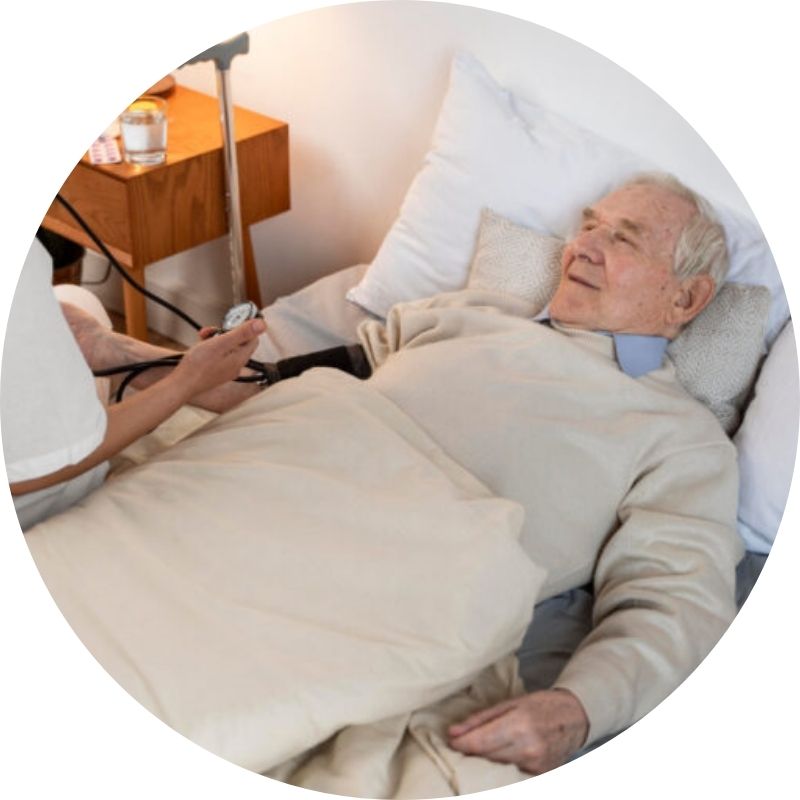
Home Sleep Studies are a simple, convenient, and cost-effective research method. Allow patients to monitor their sleep at home using a portable monitoring device that they can wear while sleeping in their own bed. This method includes levels 3 and 4, which differ in the number of measured indicators after the study, but generally, they will measure fewer indicators compared to in-lab polysomnography. The basic indicators measured from a Home Sleep Test are airflow, breathing effort, oxygen saturation, and heart rate (sometimes).
Used for diagnosing: Obstructive Sleep Apnea (OSA)
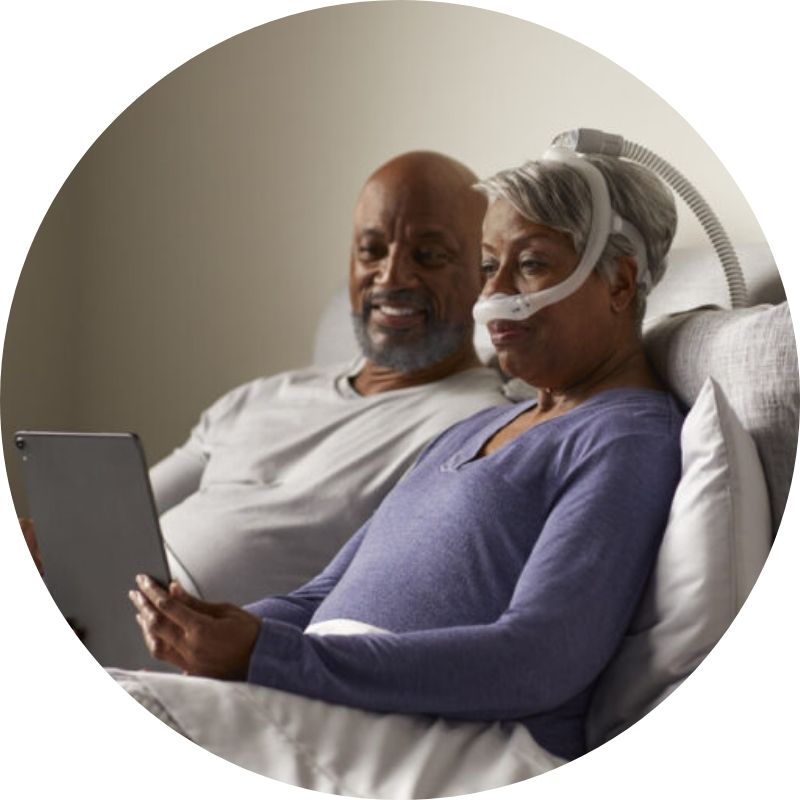
TheMultiple Sleep Latency Test (MSLT) is a daytime sleep test designed to measure daytime sleepiness and assess the ability to fall asleep in quiet, comfortable conditions. This is the standard test for diagnosing narcolepsy and idiopathic hypersomnia. Measure brainwave (EEG), eye movement (EOG), and muscle tone (EMG) indicators during daytime naps.
Used for diagnosing:
- Narcolepsy type 1 or type 2
- Idiopathic hypersomnia
- Differentiating physiological sleepiness (due to sleep deprivation) from neurological sleep disorders
Maintenance of Wakefulness Test (MWT) is a daytime sleep test designed to assess the ability to maintain alertness in a quiet and non-stimulating environment. It is used to objectively measure alertness levels, in contrast to MSLT, which measures sleepiness levels. MWT measures sleep latency, the ability to maintain continuous wakefulness, and the stage of sleep (non-REM hoặc REM)
MWT measures:
- Sleep latency
- The ability to maintain continuous wakefulness
- The stage of sleep if sleep occurs (e.g., non-REM or REM)
Used for:
- Assessing daytime alertness
- Often required for safety-critical occupations (e.g., pilots, commercial drivers)
- Monitoring treatment effectiveness for sleep disorders such as narcolepsy or obstructive sleep apnea
Why Do You Need a Sleep Study?
In case you express signs and symptoms related to a potential sleep disorder, a sleep study might be necessary. Some common warning signs that suggest the need for a sleep study:
- Snoring: Especially loud snoring, particularly if accompanied by gasping or choking sounds during sleep.
- Daytime Sleepiness: Overwhelming feeling of tiredness or drowsiness during the day, even when you feel you had a full night’s sleep.
- Insomnia: Inability to get to sleep or remain asleep at regular intervals.
- Restless Sleep: Having frequent turns and tosses, waking up at intervals.
- Morning Headaches: Headache on waking up, related to restricted oxygen during sleep.
- Observed Breathing Pauses: Someone sees you stop breathing, or struggles to breathe as you sleep.
- Difficulty Concentrating: Loss of memory, finding it difficult to focus due to being tired all the time.
- Mood Changes: Feeling irritable, depressed, or having anxiety because of a lack of proper rest.
- Leg Movements During Sleep: An urge to move the legs or uncomfortable sensations in the legs; features that are consistent with restless legs syndrome.
- High Blood Pressure: Because sleep apnea is generally associated with hypertension, it may need a sleep study to be ascertained and treated.
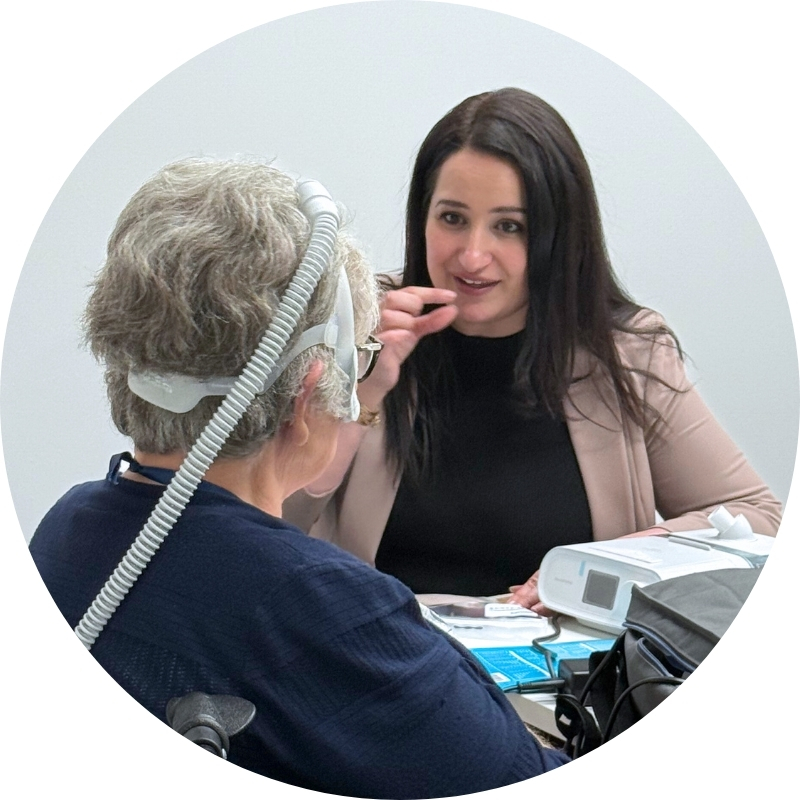
A sleep study is essential for accurately diagnosing and treating various sleep-related disorders. Here are some of the major benefits:
Comprehensive Diagnosis
A sleep study assists in understanding the cause of the disorder better. Consequently, it allows one to be able to make an accurate diagnosis respective of their sleep apnea, insomnia, narcolepsy, or Restless legs syndrome, through monitoring the patient's sleep patterns and bodily functions in sleep.
Comprehensive Diagnosis
A sleep study assists in understanding the cause of the disorder better. Consequently, it allows one to be able to make an accurate diagnosis respective of their sleep apnea, insomnia, narcolepsy, or Restless legs syndrome, through monitoring the patient's sleep patterns and bodily functions in sleep.
Tailored Treatment Plans
After pinpointing the details of your sleeping problems, the medical professionals will be ready with the appropriate suggestions, which may be changes in your daily habits, medications, or the wearing of CPAP devices among other things for sleep hypopnea.
Monitoring Sleep Quality
Most sleep issues are caused by other health-related problems including heart diseases, obesity as well as psychiatric conditions which are usually known as comorbidities. A sleep study helps bring out this connection thus aiding a patient to get proper treatment.
Identifying Underlying Health Issues
Various other diseases such as coronary disease, obesity, and mental disorders can be the results of sleep impairment. In that case, a sleep study can be useful to find out such complex correlation and sophisticated therapy may improve patient’s care.
Improved Quality of Life
Sleep disorders when well diagnosed and treated can lead to great improvement in the quality of life as more energy is restored, the mood improves and one is able to function even better than before.
Safe and Non-invasive
Sleep studies are safe, non-invasive procedures that draw an enormous amount of valuable information without hurt or pain and, therefore, are effective tools in determining sleep health.
The Sleep Study Process
Notably, the sleep study process has several steps regardless of the fact that you go for an in-lab or home sleep study. Therefore, here is the outline of the procedure:
In-lab Sleep Study Process
When you do an in-lab study, you usually have a set of monitoring devices attached to your body, such as:
1
Preparation Before the Study
✓ Scheduling the Study
✓ Avoid caffeine and alcohol on the test day
✓ Bring comfortable sleepwear and personal items for the night.
2
Sensor Placement
Scalp/face: Record brain and eye activity; chest: Monitor heart rate (ECG); legs: Detect limb movement; chin/throat: Measure muscle activity; nose/mouth: Assess airflow; chest/abdomen: Monitor breathing effort; finger: Measure oxygen levels.
3
Sleeping During the Study
✓ The technician monitors you remotely while you sleep.
4
Study Completion
✓ The test ends in the morning, and sensors are removed.
✓ You can resume normal activities after leaving.
5
Results and Follow-Up
✓ A sleep specialist analyzes the data.
✓ Results are shared with your doctor, who discusses possible diagnoses and treatment options, such as CPAP therapy, lifestyle changes, or further testing.
At-home sleep study process
An at-home sleep study, also called home sleep apnea test (HSAT), is a simplified test primarily used to diagnose obstructive sleep apnea (OSA). It monitors breathing patterns, oxygen levels, and heart rate while you sleep in your own bed.
1
Scheduling the Test
Your doctor will prescribe a home sleep study if you have symptoms of sleep apnea, such as loud snoring, gasping during sleep, or excessive daytime sleepiness.
2
Receiving the Testing Kit
✓ You will pick up the home sleep test kit from a sleep center or have it delivered.
✓ The kit includes sensors and instructions for setup.
✓ A technician may provide an in-person or virtual tutorial on how to use the device.
3
Setting Up the Equipment
Before bedtime, you will attach the sensors as instructed:
✓ Nasal cannula: Monitors airflow through the nose and mouth.
✓ Chest belt: Measures breathing effort.
✓ Finger sensor (pulse oximeter): Tracks oxygen levels and heart rate.
4
Sleeping with the Device
✓ Sleep as normally as possible while the device records data
5
Results and Follow-Up
✓ Returning the Equipment
✓ Remove the sensors and pack the device
✓ Return it to the sleep center for analysis, either in person or by mail.
Common Sleep Disorders Diagnosed Through a Sleep Study
Sleep Apnea
Description: A serious condition characterized by repeated interruptions in breathing during sleep due to airway blockage (obstructive sleep apnea) or a failure of the brain to send signals to the muscles that control breathing (central sleep apnea).
Symptoms: Loud snoring, choking or gasping during sleep, excessive daytime sleepiness, difficulty concentrating, and irritability.
Diagnosis: A sleep study (polysomnography) measures airflow, oxygen levels, and respiratory effort to confirm the presence and severity of apnea episodes.
Insomnia
Description: A sleep disorder where individuals have difficulty falling asleep, staying asleep, or waking up too early and not being able to return to sleep.
Symptoms: Trouble initiating sleep, restless nights, frequent awakenings, and daytime fatigue or mood disturbances.
Diagnosis: A sleep study may help identify underlying causes of insomnia, such as sleep apnea, and assess sleep architecture and disturbances.
Narcolepsy
Description: A neurological disorder that affects the brain’s ability to regulate sleep-wake cycles, leading to excessive daytime sleepiness and sudden sleep attacks.
Symptoms: Severe daytime drowsiness, cataplexy (sudden loss of muscle tone triggered by strong emotions), sleep paralysis, and hallucinations during sleep transitions.
Diagnosis: Diagnosed through polysomnography followed by a multiple sleep latency test (MSLT) to measure how quickly a person falls asleep during the day.
Restless Legs Syndrome (RLS)
Description: A condition that causes an uncontrollable urge to move the legs, often accompanied by uncomfortable sensations, especially when at rest.
Symptoms: Tingling, crawling, or aching feelings in the legs, worsening in the evening or at night, leading to difficulties falling asleep.
Diagnosis: Identified through patient history and a sleep study that records leg movements (periodic limb movements) during sleep, which can help confirm the diagnosis.
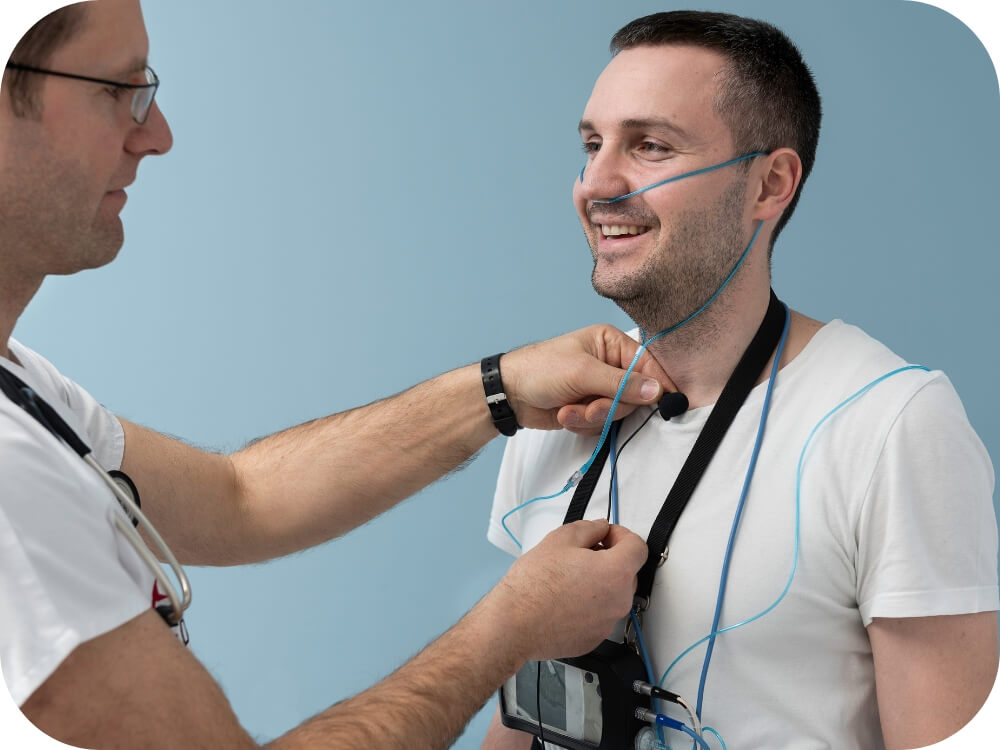
Devices and Technology Used in a Sleep Study
CPAP machines
CPAP machines, used to treat obstructive sleep apnea, provide a continuous stream of air through a mask to keep the airway open during sleep. These devices are often evaluated during sleep studies to adjust pressure settings and monitor their effectiveness in reducing apnea events and improving sleep quality.
EEG, pulse oximetry, and heart rate monitors.
Sleep studies use EEG to measure brain activity, pulse oximetry to track blood oxygen levels, and heart rate monitors to assess cardiovascular function. Together, these tools provide a detailed view of sleep patterns, helping diagnose sleep disorders and guide treatment plans.
Sleep Study Results and Treatment Options
How sleep study results are analyzed
After a sleep study, specialists review data from devices like EEG, pulse oximetry, and heart rate monitors. They analyze sleep stages, breathing disruptions, and key metrics such as the apnea-hypopnea index (AHI), which indicates the severity of sleep apnea. The analysis may also identify other disorders like insomnia or restless legs syndrome. The findings are compiled into a report that guides treatment recommendations.
Introduce the common treatments after receiving the results
CPAP Machine: Used for obstructive sleep apnea to keep airways open during sleep
Lifestyle Modifications: Weight loss, exercise, and avoiding alcohol to improve sleep quality.
Oral Appliances: Devices to keep the airway open as an alternative to CPAP
Medications: Prescribed for insomnia or restless legs syndrome
Cognitive Behavioral Therapy for Insomnia (CBT-I): Helps improve sleep habits and reduce insomnia.
Follow-Up Studies: Assess treatment effectiveness or re-evaluate after changes like weight loss.



